28 January 2016
The Story of Eames Furniture by Marilyn Neuhart, written with the assistance of John Neuhart, is much more than a monograph on the design of the Eameses: on the one hand, it answers to the need to acknowledge the role played by the individual members of the Eames Office’s staff; on the other, it is a weighty critical anthology that documents the phases in the birth and development of every single project down to the smallest detail. The first part of the work, split into two large volumes, contains essays on the main figures in the history of the studio, commencing with Eero Saarinen, Charles’s companion in adventure from before the birth of the myth of “the Eameses.” From the famous competition of 1941 at the MoMA, for which they carried out the first experiments with molded plywood, the account moves between private life and work, seeking to place the emphasis on their joint activity and to uncover the internal dynamics, even when things didn’t go as smoothly as in the official version. It is, in short, the first major reconstruction carried out from the correct historical perspective and outside the control of the promotional strategy adopted by Charles and Ray. Even the relationship between husband and wife is put under the magnifying glass, with an examination of the public image presented as part of their professional program, as well as some of their true feelings. What emerges is a paean to the extraordinary capacity for communication shown by the couple, the first designers of the contemporary era to open the doors to the all-round project, the kind in which product and presentation are viewed from the same perspective and tackled with the same commitment. Although it focuses on the furniture, the Neuharts’ work does not fail to make reference to the studio’s complex range of activities: graphic design, advertising, films, brand identity. Every object that works outlives its creator and few have been as capable as the Eameses of conceiving a modernity that can survive even itself. Published by Gestalten.
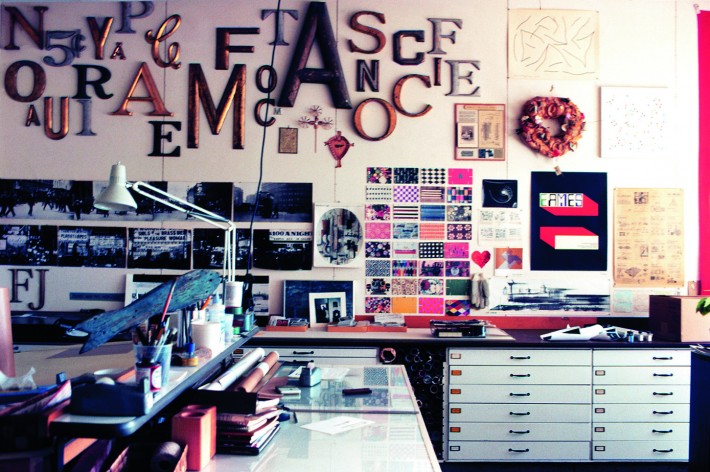
The Eames Office in Venice, California (L.A.)—The graphics department.
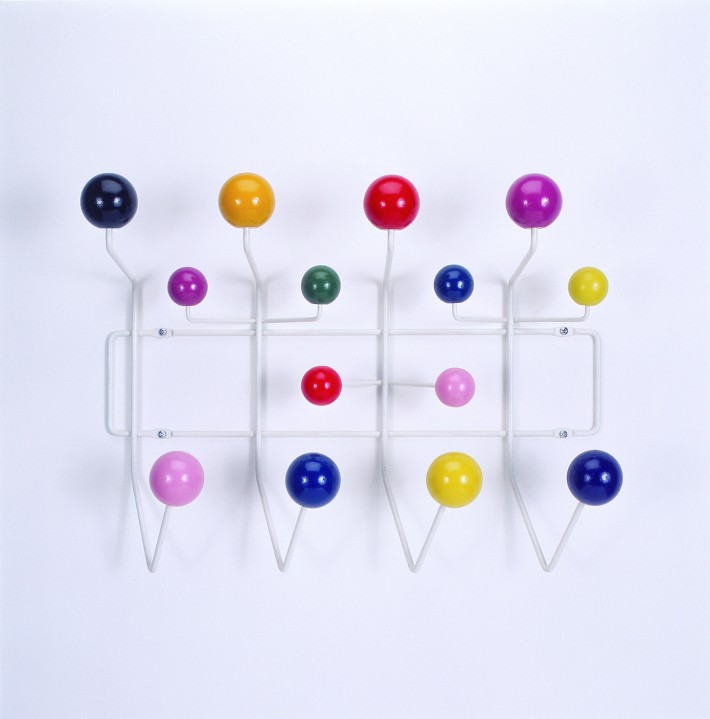
Hang-It-All, 1953.
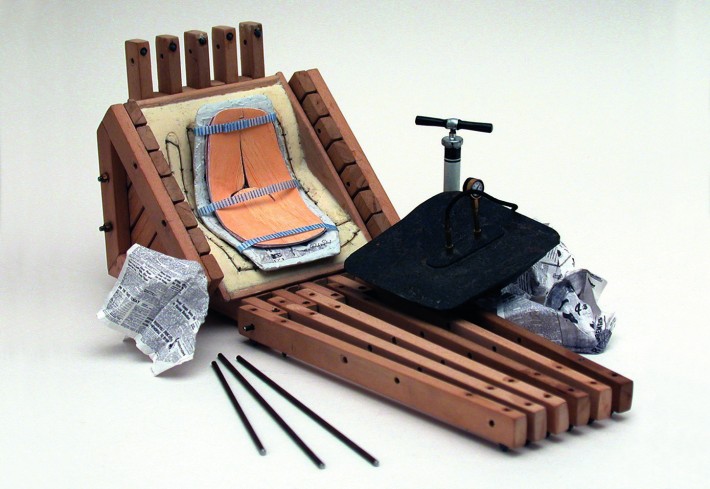
Kazam! molding machine used for the first experiments with plywood.
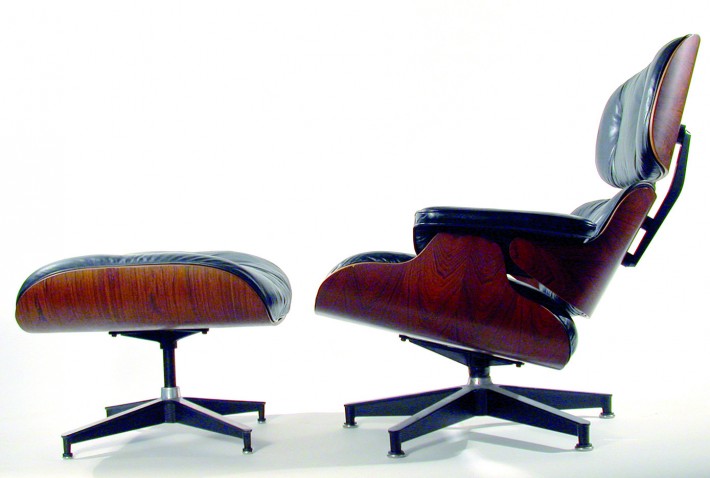
Lounge Chair and Ottoman, 1956.
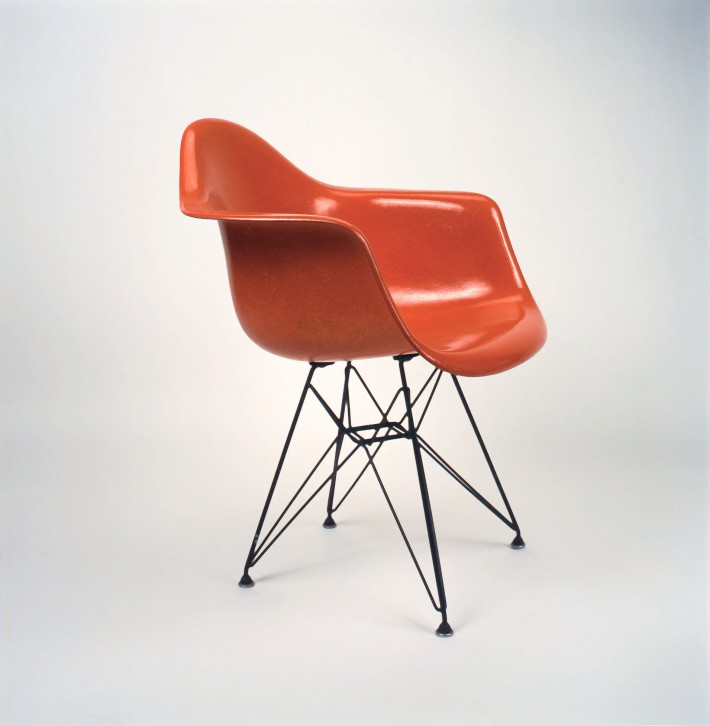
Molded fiberglass side chair with “Eiffel” base made of iron rods, 1951.
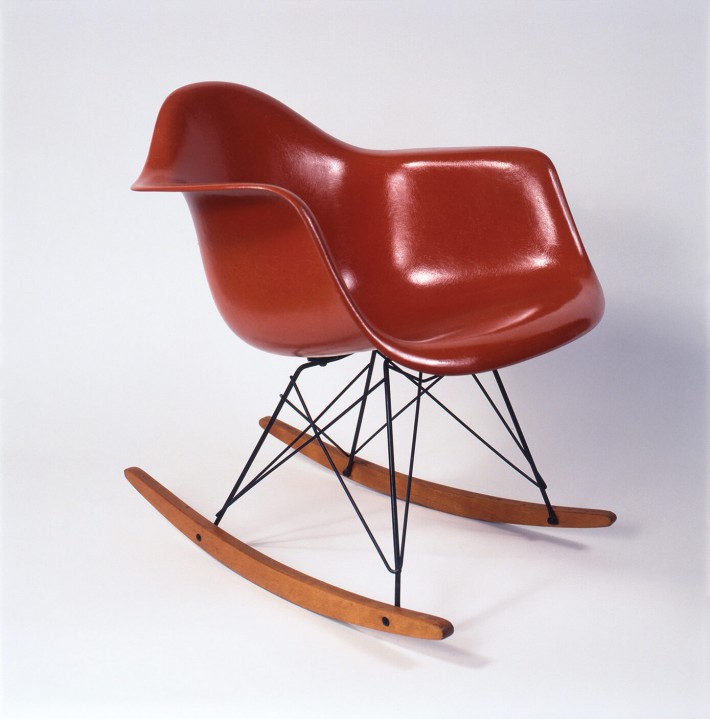
Molded fiberglass side chair with “Eiffel” base made of iron rods, rocker version, 1951.
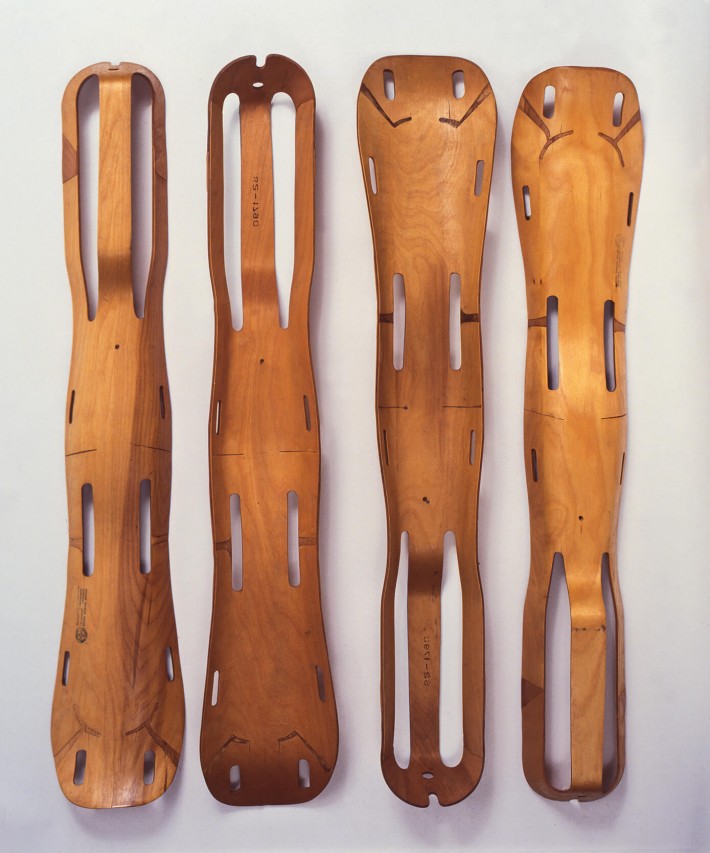
Front and back of the splints for fractured limbs made by the Molded Plywood Division of the Evans Products Company for the US Navy, 1943.
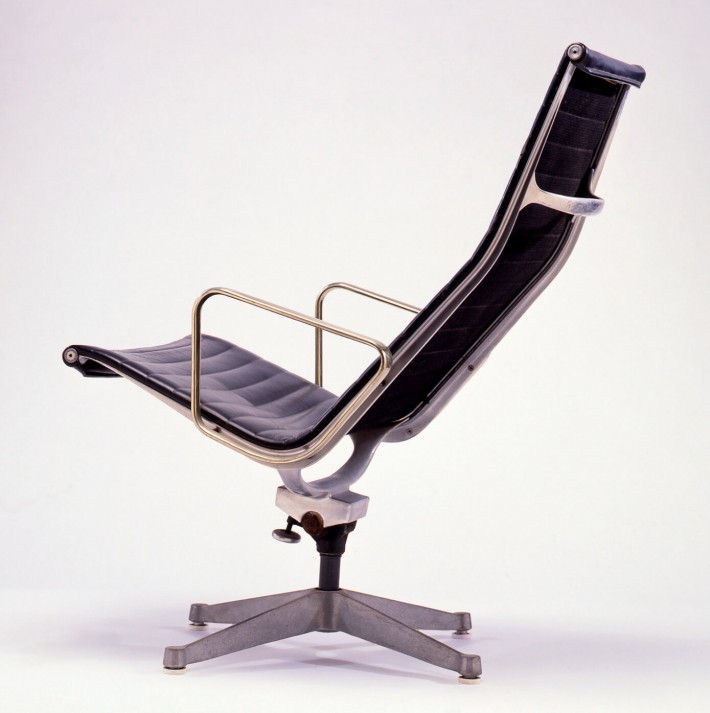
Aluminum Group Chair with universal base, 1958.
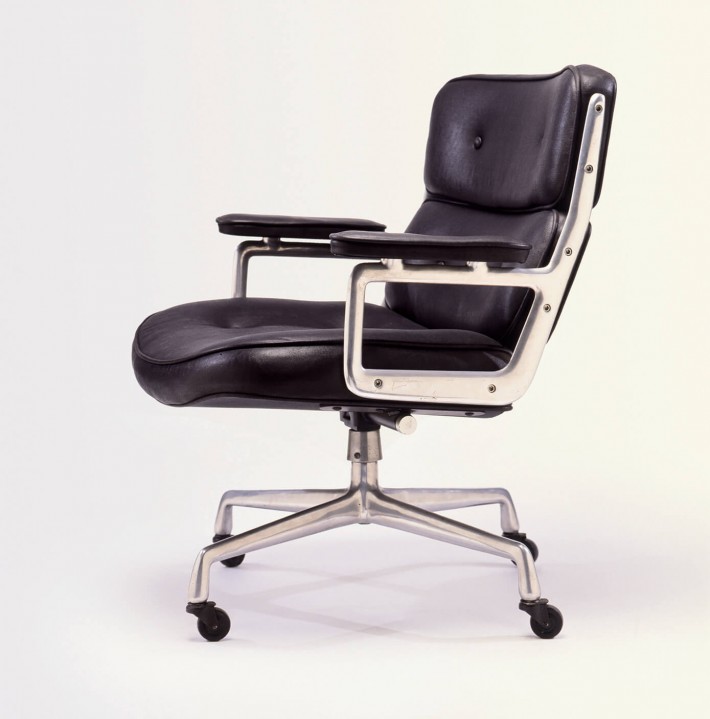
Time-Life chair, 1960.
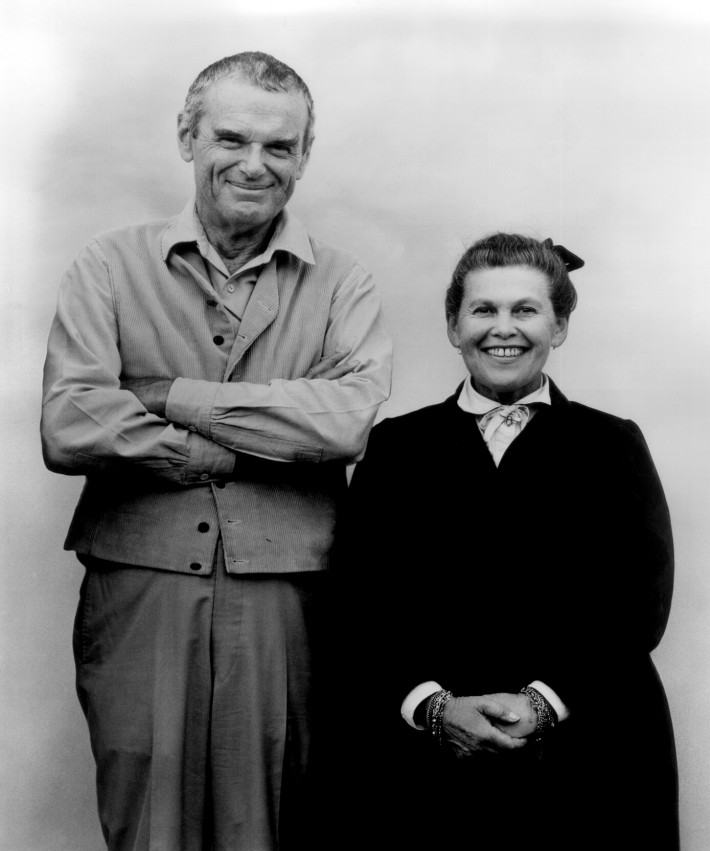
Charles and Ray Eames, 1976.